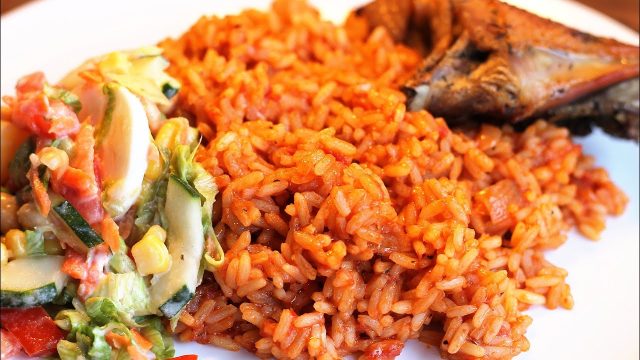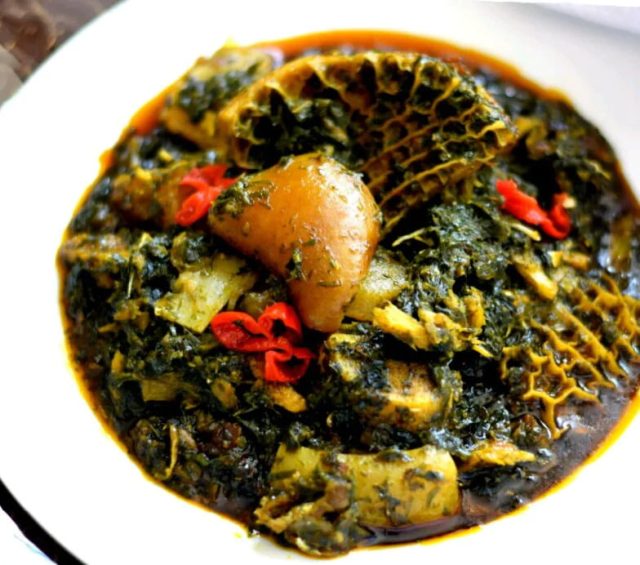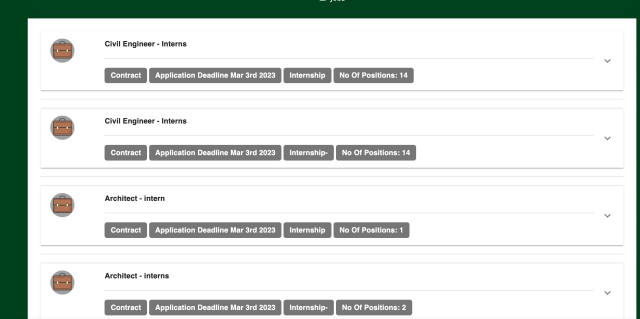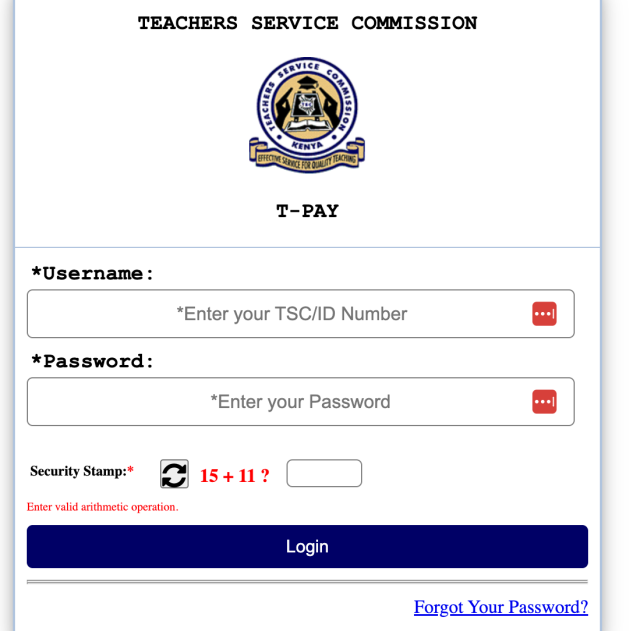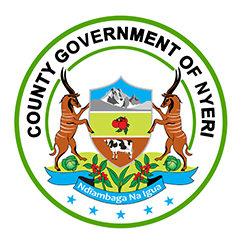Innovative gardening – Cbc Kenya Guide
Innovative gardening involves implementing new and creative ideas to cultivate and maintain a garden. It is a way of breaking away from traditional gardening methods and exploring new and exciting ways to grow plants and flowers. Innovative gardening can be applied to any garden, whether it be a small urban garden or a large rural landscape.
One popular method of innovative gardening is vertical gardening, which involves growing plants on a vertical surface, such as a wall or trellis. This is particularly useful for those with limited garden space, as it allows them to make the most of their vertical space. Vertical gardens not only look visually appealing, but they can also improve air quality and provide insulation to the building.
Another innovative gardening technique is aquaponics, which combines aquaculture and hydroponics. In aquaponics, plants and fish are grown together in a symbiotic relationship, where the plants filter the water for the fish, while the fish provide nutrients for the plants. This is an efficient and sustainable way of growing food, as it uses less water and fertilizers than traditional gardening.
Innovative gardening also involves the use of technology to improve the garden. For example, smart irrigation systems can be used to regulate water usage in the garden, while sensors and drones can be used to monitor plant health and identify potential problems.
Furthermore, innovative gardening can involve using recycled or repurposed materials, such as old pallets or tires, to create unique and eco-friendly garden features. This not only adds character to the garden, but it also helps reduce waste and promotes sustainability.
Innovative gardening is not just about trying new methods, but it also involves cultivating a sense of creativity and experimentation in the garden. It is a way of exploring the endless possibilities of nature and making the most out of what we have. By embracing innovation in gardening, we can create beautiful and sustainable gardens that are not only aesthetically pleasing, but also contribute to a healthier planet.



